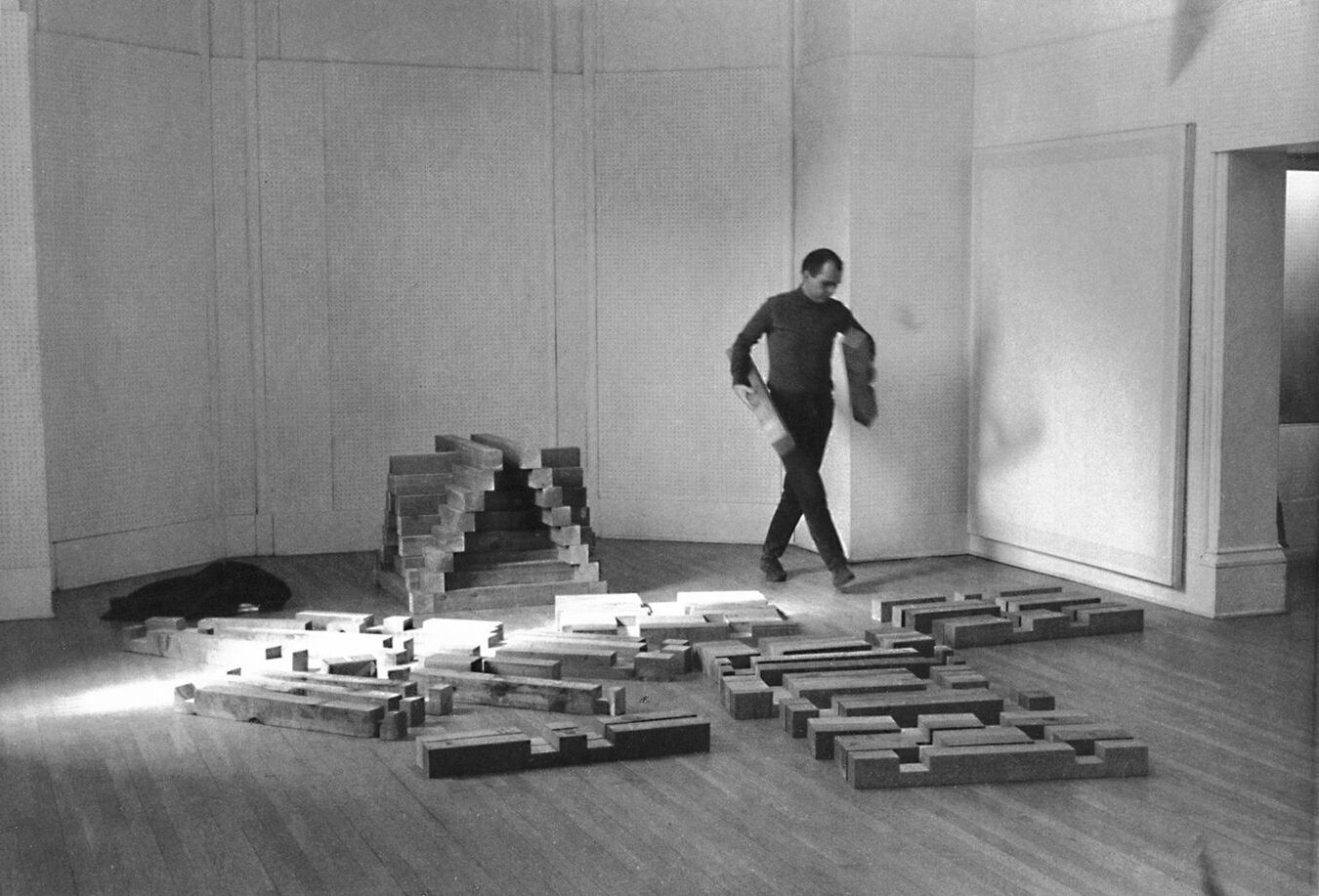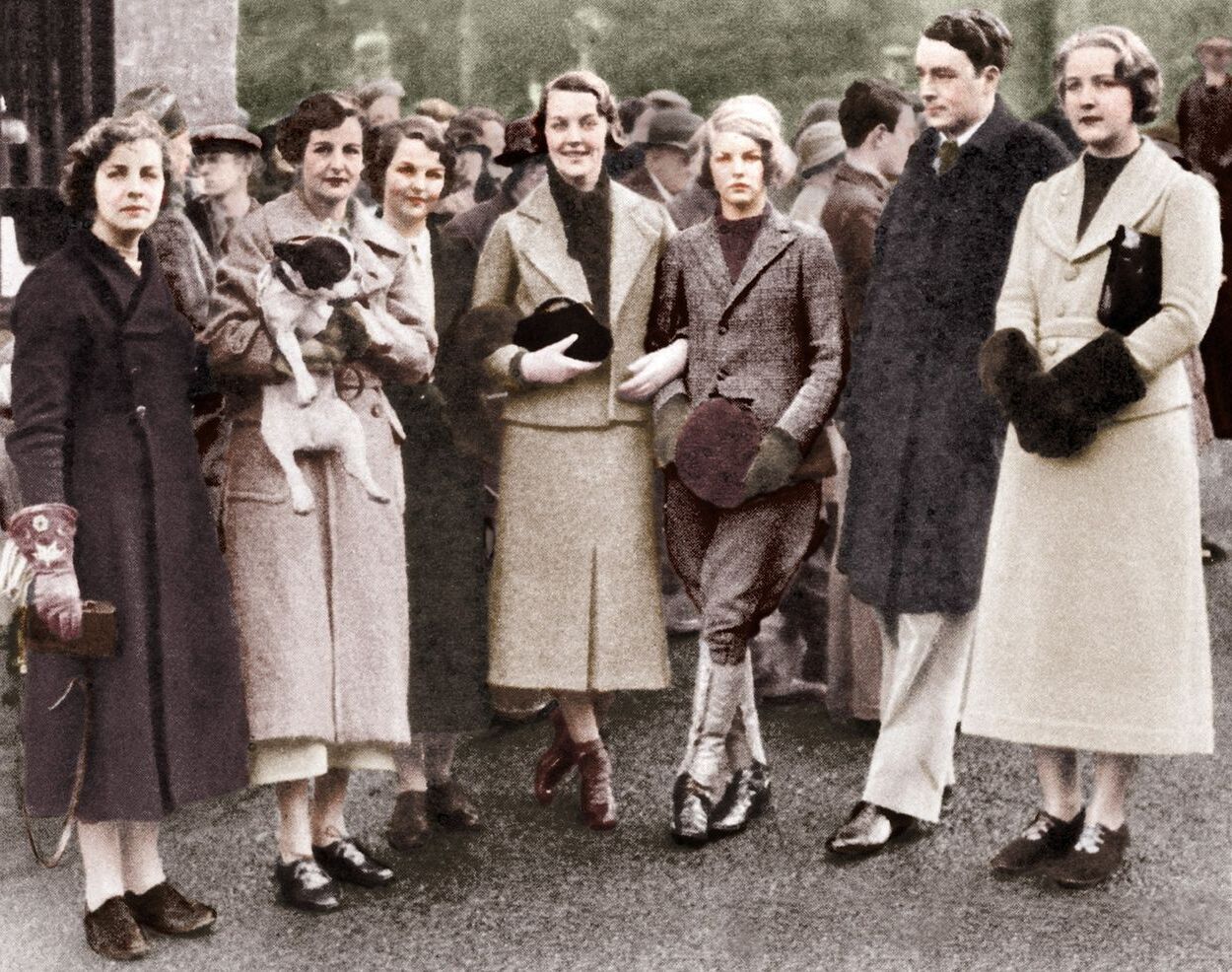
Who is Carl Andre? Carl Andre is an American minimalist artist known for his groundbreaking work in sculpture. Born in 1935, he revolutionized the art world with his use of industrial materials like bricks, metal plates, and wooden blocks. His art often focuses on simplicity, geometry, and the relationship between the artwork and its environment. Andre's most famous pieces include "Equivalent VIII," a sculpture made of 120 firebricks arranged in a rectangular formation. His work has sparked both admiration and controversy, making him a pivotal figure in contemporary art. Dive into these 38 intriguing facts to learn more about Carl Andre's life, art, and legacy.
Key Takeaways:
- Carl Andre, a minimalist artist, used everyday materials to create thought-provoking sculptures that challenged traditional art norms, leaving a lasting impact on contemporary art and inspiring future generations of artists.
- Despite controversies surrounding his personal life, Carl Andre's minimalist approach and emphasis on the physical presence of materials continue to influence artists today, shaping the way we think about sculpture and installation art.
Early Life and Education
Carl Andre, a minimalist artist known for his controversial works, has a fascinating background. Let's delve into some intriguing facts about his early years and education.
- Born on September 16, 1935, in Quincy, Massachusetts, Carl Andre grew up in a working-class family.
- His father worked as a draftsman, which may have influenced Andre's interest in structure and form.
- Andre attended Phillips Academy in Andover, Massachusetts, where he developed an early interest in art.
- He later studied at Kenyon College in Ohio but left before completing his degree.
- During his time at Phillips Academy, he met Hollis Frampton, who would become a lifelong friend and influence on his work.
Artistic Beginnings
Andre's journey into the art world began with humble steps. Here are some key moments from his early artistic career.
- After leaving college, Andre moved to New York City in 1957 to pursue his art career.
- He initially worked as a freight brakeman and conductor for the Pennsylvania Railroad, which influenced his use of industrial materials.
- Andre's early works included wood sculptures, which he carved using a chisel and saw.
- In 1960, he had his first solo exhibition at the Tibor de Nagy Gallery in New York.
- His early sculptures were influenced by Constantin Brâncuși, a Romanian sculptor known for his simple, geometric forms.
Minimalist Movement
Andre is often associated with the minimalist movement. Let's explore some facts about his contributions to this art style.
- Andre's work is characterized by its simplicity, often using basic materials like bricks, metal plates, and wooden beams.
- He believed that art should be about the materials themselves, rather than representing something else.
- One of his most famous works, "Lever" (1966), consists of 137 firebricks laid in a straight line on the floor.
- Andre's "Equivalent VIII" (1966) is another well-known piece, made up of 120 firebricks arranged in a rectangular formation.
- He often arranged his materials in grids or simple geometric patterns, emphasizing the physical presence of the materials.
Controversies and Legal Issues
Andre's career has not been without controversy. Here are some notable incidents that have sparked debate.
- In 1985, Andre was accused of murdering his wife, artist Ana Mendieta, who fell from their 34th-floor apartment window.
- He was acquitted of the charges in 1988, but the case remains a topic of discussion in the art world.
- Some critics argue that his acquittal was influenced by his status and connections within the art community.
- Despite the controversy, Andre continued to exhibit his work and remained an influential figure in minimalist art.
- The debate over his personal life has sometimes overshadowed his artistic achievements.
Major Exhibitions and Recognition
Andre's work has been exhibited in major galleries and museums worldwide. Here are some highlights from his exhibition history.
- In 1970, he had a solo exhibition at the Solomon R. Guggenheim Museum in New York.
- His work was included in the landmark exhibition "Primary Structures" at the Jewish Museum in 1966, which helped define the minimalist movement.
- Andre represented the United States at the Venice Biennale in 1972.
- In 2014, the Dia Art Foundation organized a major retrospective of his work, showcasing pieces from throughout his career.
- His works are part of the permanent collections of major institutions like the Museum of Modern Art in New York and the Tate Modern in London.
Personal Life and Legacy
Andre's personal life and legacy continue to be subjects of interest. Here are some facts about his life beyond his art.
- Andre married Ana Mendieta in 1985, but their marriage was short-lived due to her tragic death.
- He has been described as a private and reclusive individual, rarely giving interviews or making public appearances.
- Despite his reclusiveness, he has maintained friendships with other artists and figures in the art world.
- Andre's work has influenced a generation of artists who explore the relationship between materials and space.
- His minimalist approach has been both celebrated and criticized, but it undeniably left a lasting impact on contemporary art.
Interesting Tidbits
Here are some lesser-known facts about Carl Andre that add more depth to his story.
- Andre once said that his work is "sculpture as place," emphasizing the importance of the viewer's experience in the space.
- He has cited the poetry of Ezra Pound and William Carlos Williams as influences on his artistic philosophy.
- Andre's work often invites viewers to walk on or around it, challenging traditional notions of how art should be experienced.
- He has been known to use everyday materials, such as bricks and metal plates, to create his sculptures.
- Andre's minimalist approach extends to his personal life, where he prefers simplicity and functionality.
Continuing Influence
Andre's influence continues to be felt in the art world today. Here are some ways his legacy lives on.
- Contemporary artists often reference Andre's work in their own explorations of minimalism and materiality.
- His use of industrial materials has inspired artists to incorporate unconventional materials into their work.
- Andre's emphasis on the physical presence of materials has led to new ways of thinking about sculpture and installation art.
Final Thoughts on Carl Andre
Carl Andre's impact on the art world can't be overstated. His minimalist approach, using simple materials like bricks and metal plates, challenged traditional notions of sculpture. Andre's work invites viewers to engage with space and form in new ways, making them active participants in the experience. Despite controversies, his contributions remain significant. His pieces, often laid directly on the floor, blur the lines between art and environment. This approach has influenced countless artists and continues to spark discussions about what art can be. Whether admired or critiqued, Andre's work undeniably leaves a lasting impression. His legacy is a testament to the power of simplicity and the endless possibilities within minimalism. For anyone interested in modern art, Carl Andre's work offers a unique perspective worth exploring.
Frequently Asked Questions
Was this page helpful?
Our commitment to delivering trustworthy and engaging content is at the heart of what we do. Each fact on our site is contributed by real users like you, bringing a wealth of diverse insights and information. To ensure the highest standards of accuracy and reliability, our dedicated editors meticulously review each submission. This process guarantees that the facts we share are not only fascinating but also credible. Trust in our commitment to quality and authenticity as you explore and learn with us.


